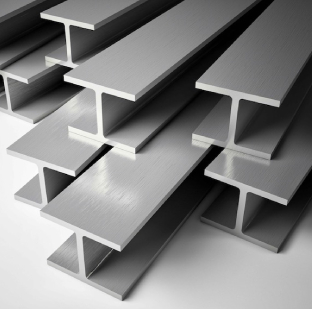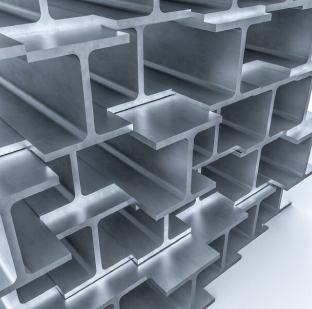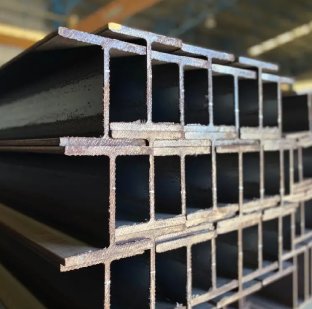Beam
A steel beam is a structural element commonly used in construction and engineering to support loads and provide stability to buildings and other structures. Steel beams are known for their high strength-to-weight ratio, which allows them to support heavy loads while remaining relatively light compared to other materials.
Applications Uses
- Construction
- Manufacturing
- Building Construction
- Bridges
- Industrial Structure
| Grade | SS400 |
|---|---|
| Material | Mild Steel |
| Position | Interior, Exterior |
| Thickness | 10 mm |
| Width | 300 mm |
- Heating: Steel billets are heated to a high temperature (around 1,000°C).
- Hot Rolling: These billets are then passed through a series of rolling mills to reduce their size and form the basic shape of the bars.
- Quenching: The bars are rapidly cooled by spraying water, which hardens the outer surface while the inner core remains relatively softer. This creates a strong outer shell and a ductile inner core, combining both strength and flexibility.
- Tempering: After quenching, the bars are tempered to relieve internal stresses and improve their overall toughness and flexibility.
- Strength: Steel is exceptionally strong and can support large amounts of weight with minimal material, making it ideal for heavy-duty construction.
- Durability: Steel is resistant to most environmental factors like rot, mold, and pests, and can withstand extreme weather conditions.
- Versatility: Steel beams come in a variety of shapes and sizes to suit different needs, and they can be customized for specific projects.
- Recyclability: Steel is 100% recyclable, making it an environmentally friendly option for sustainable construction.



